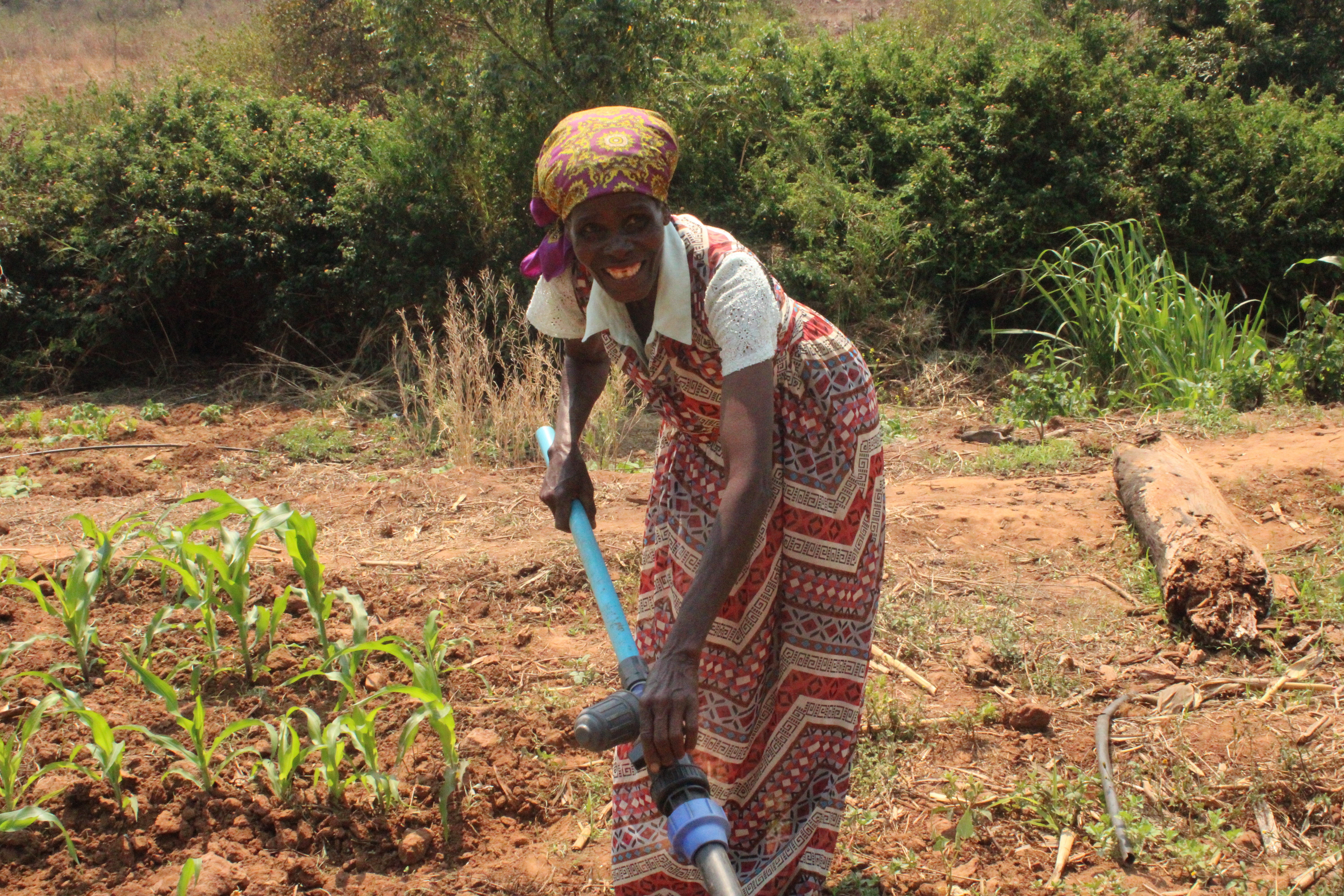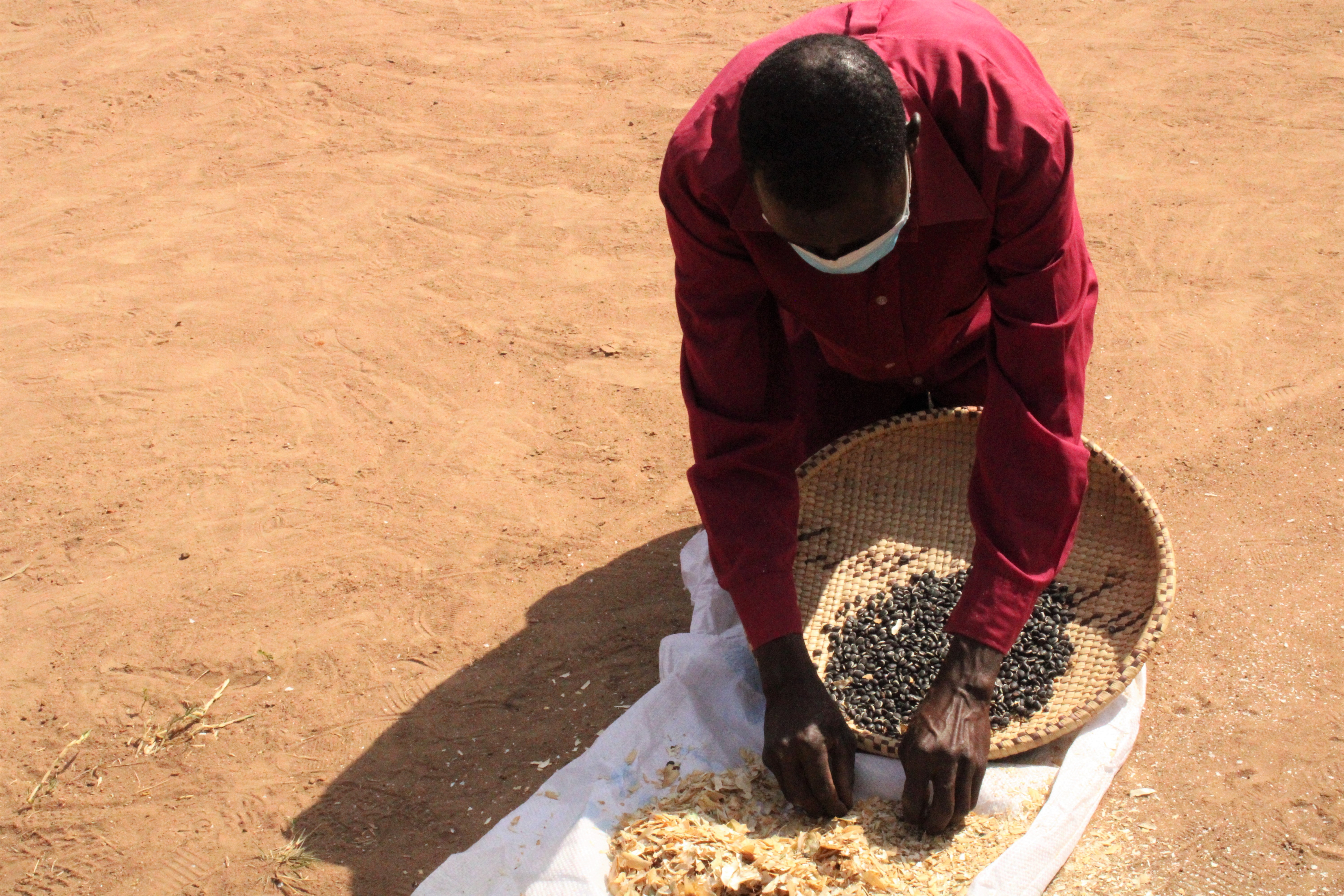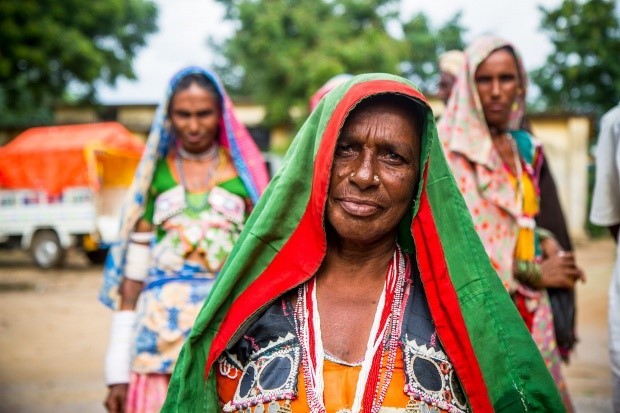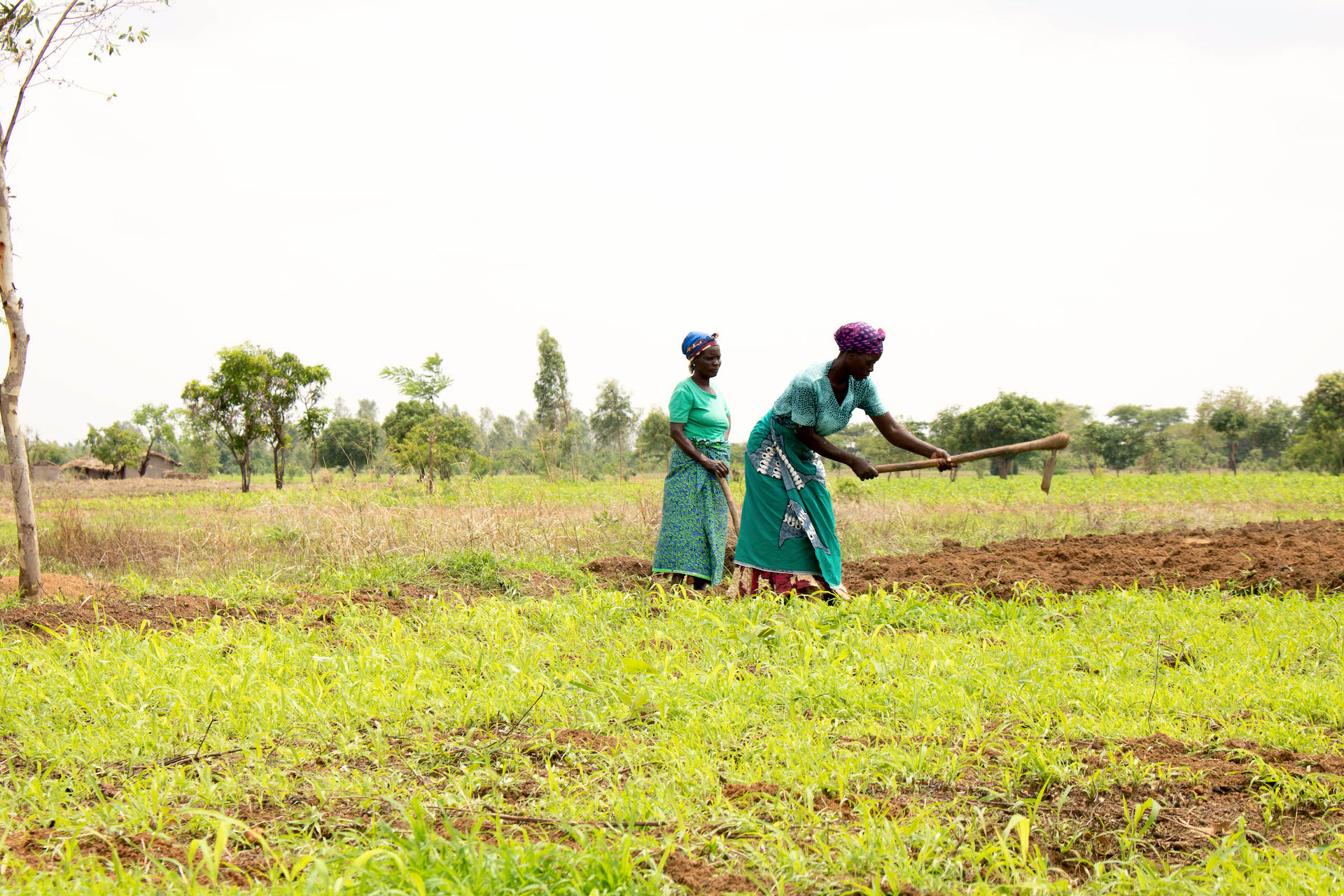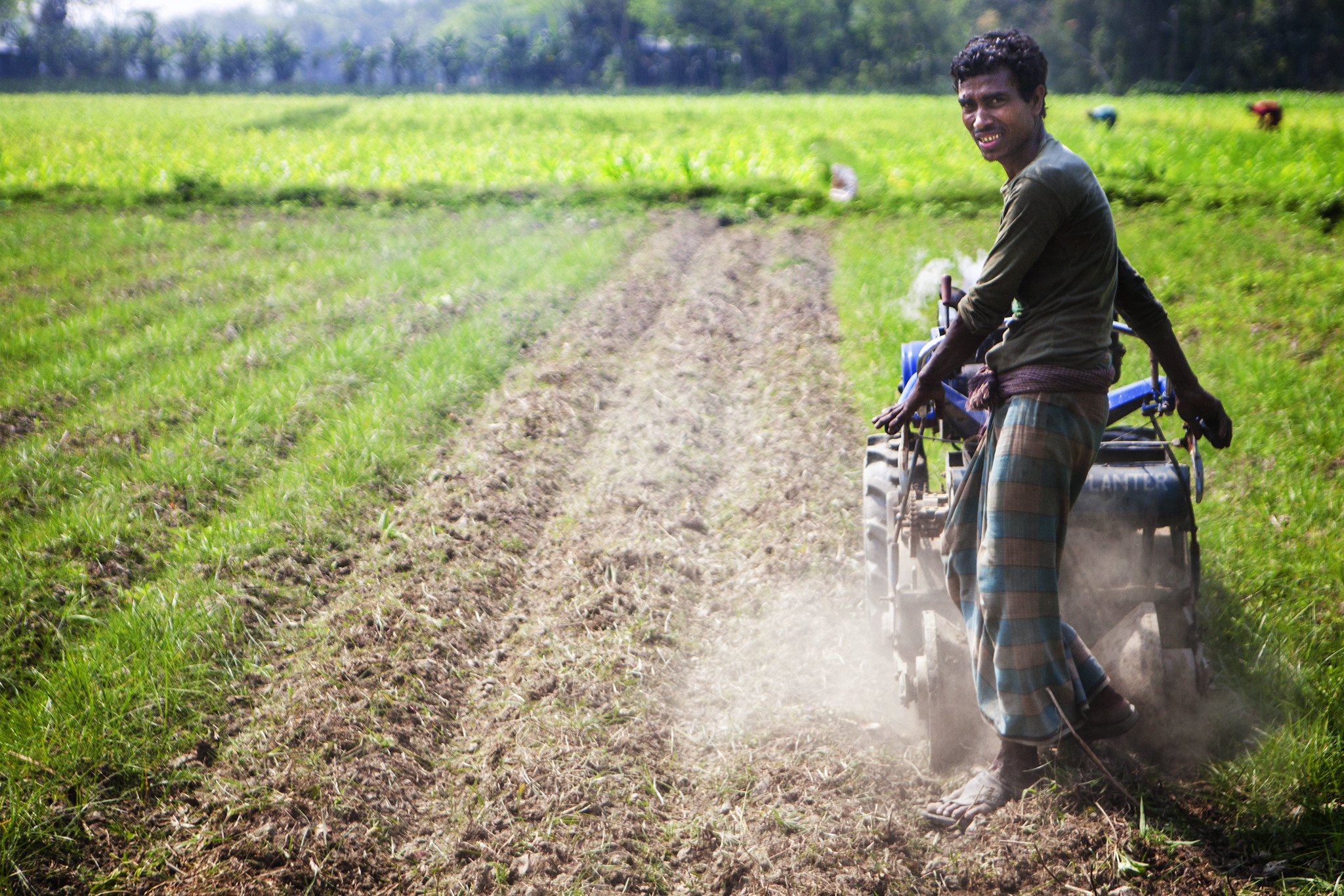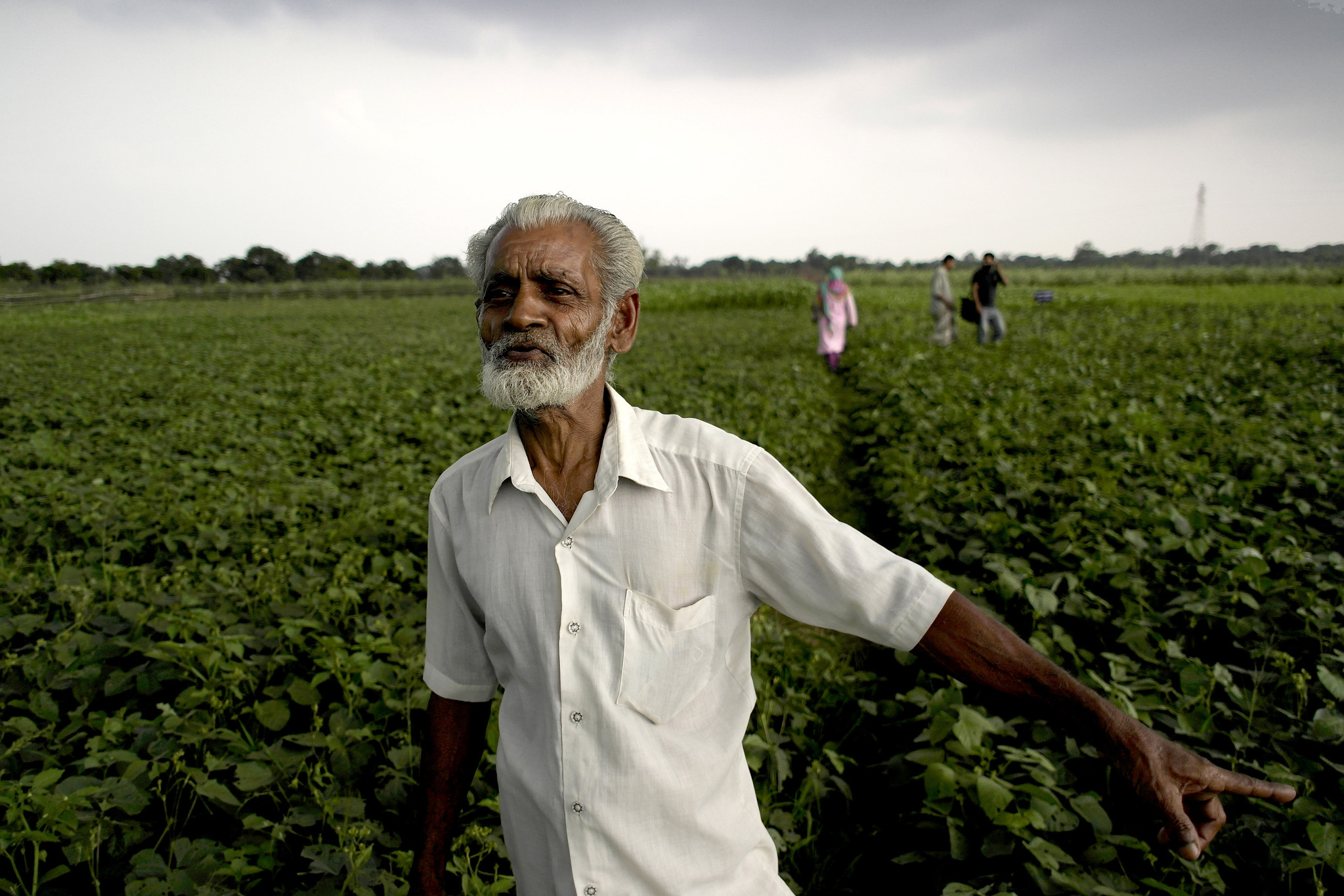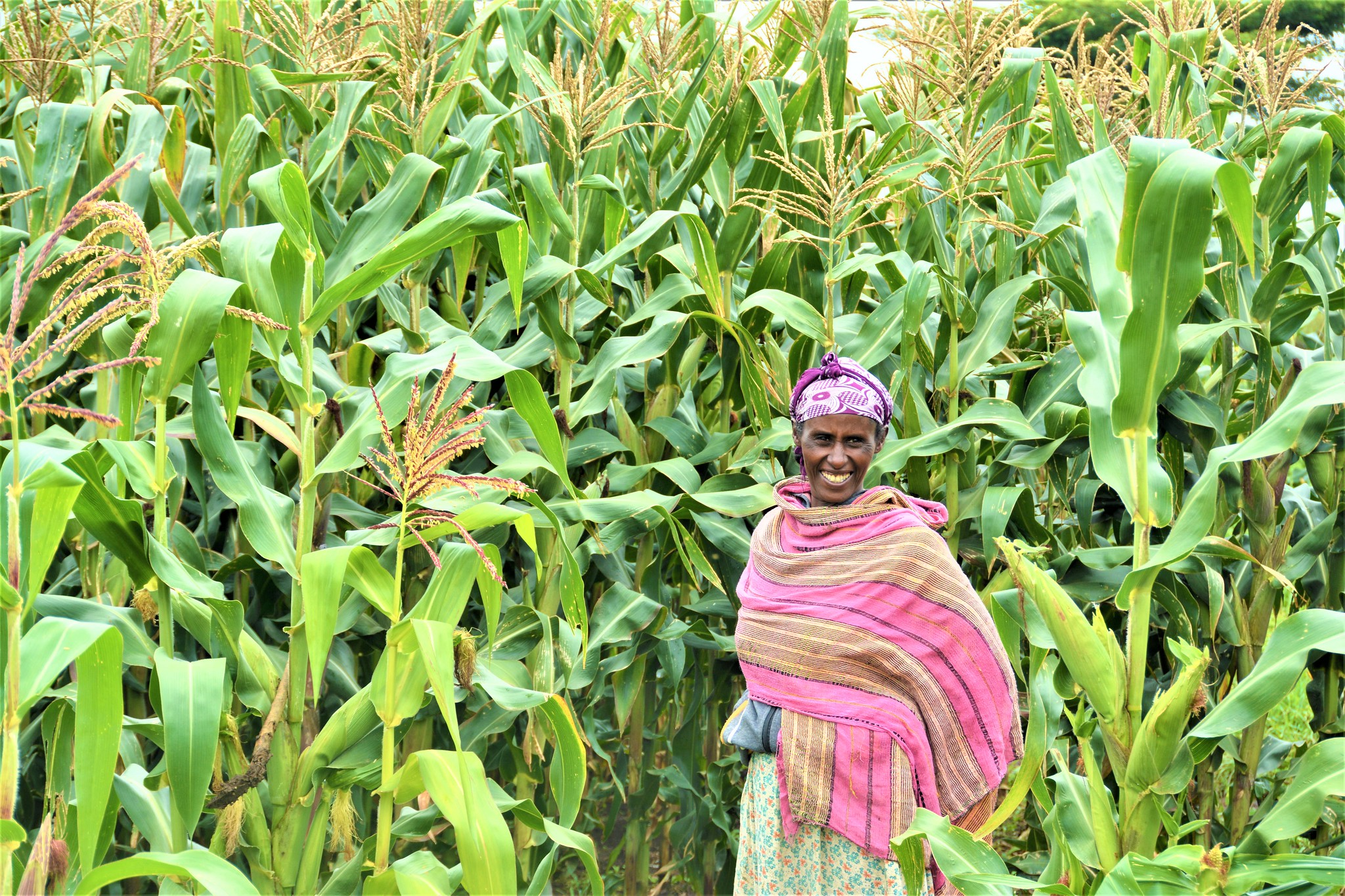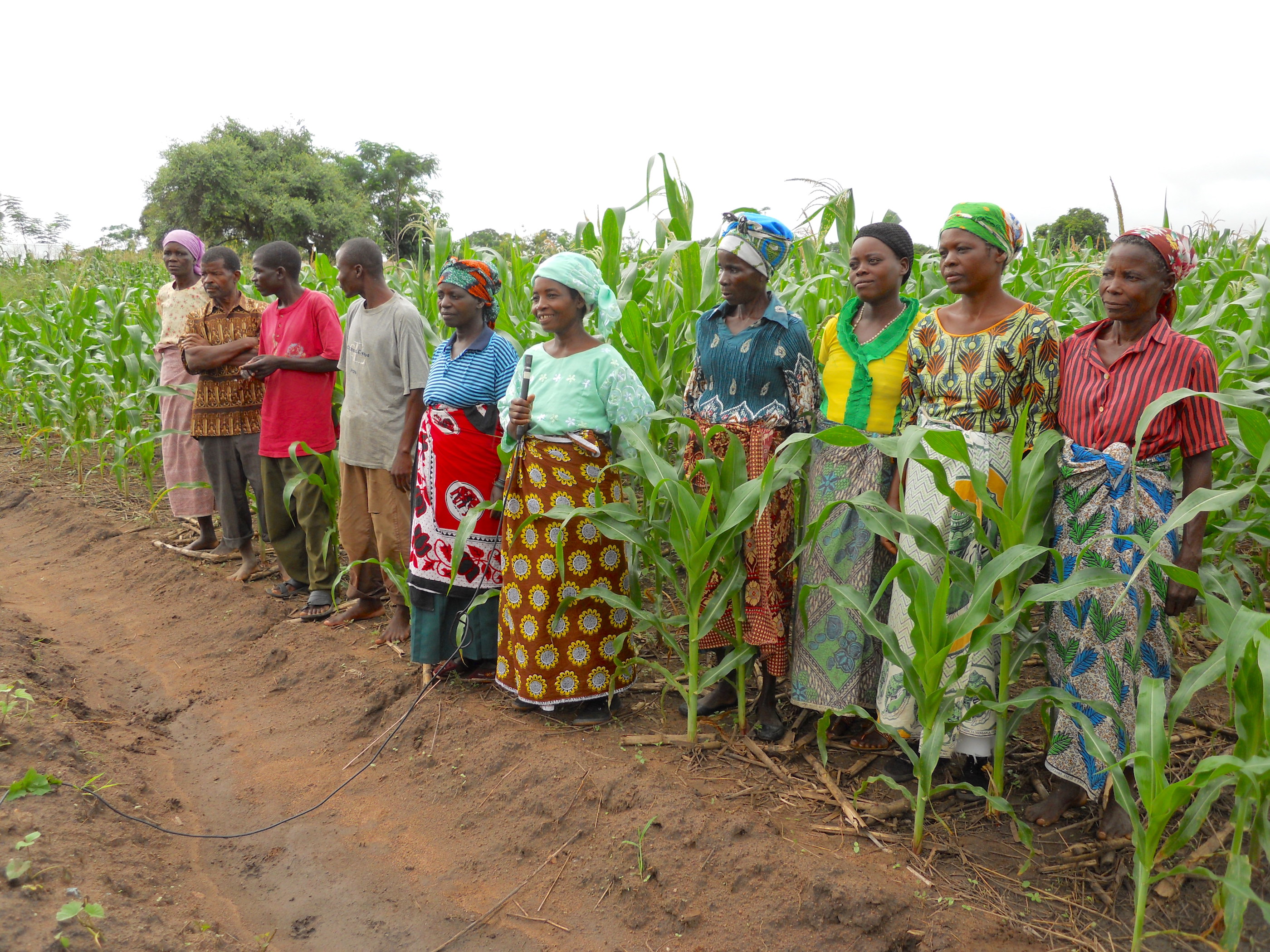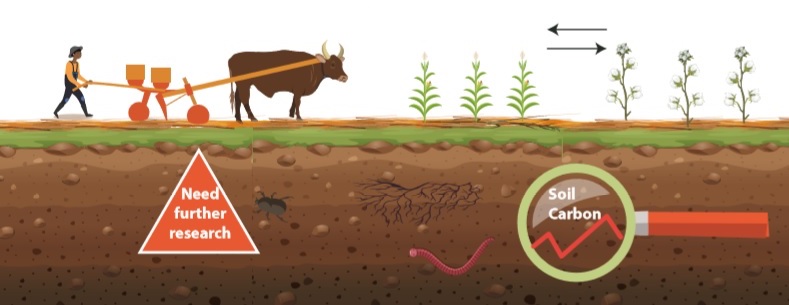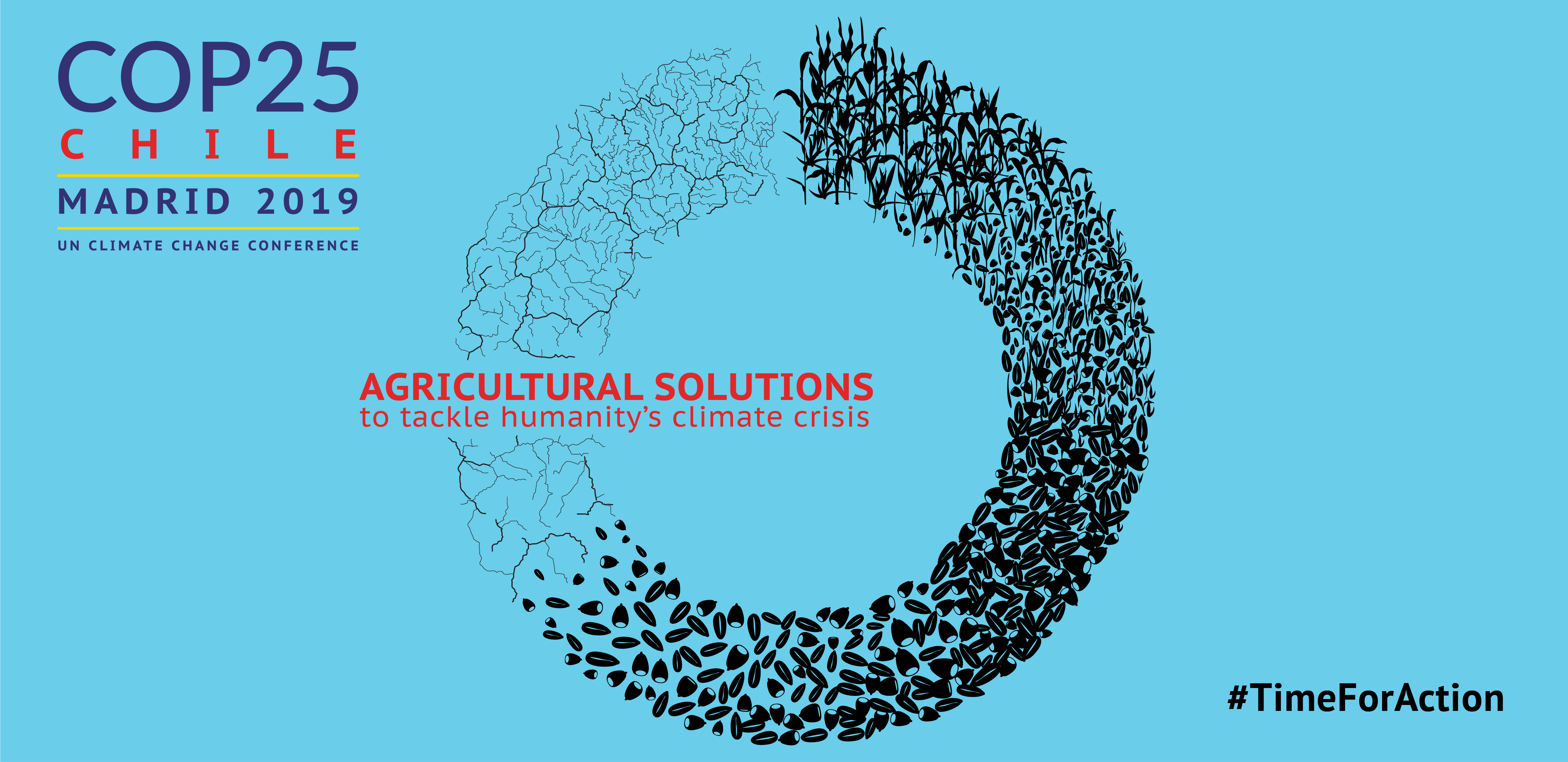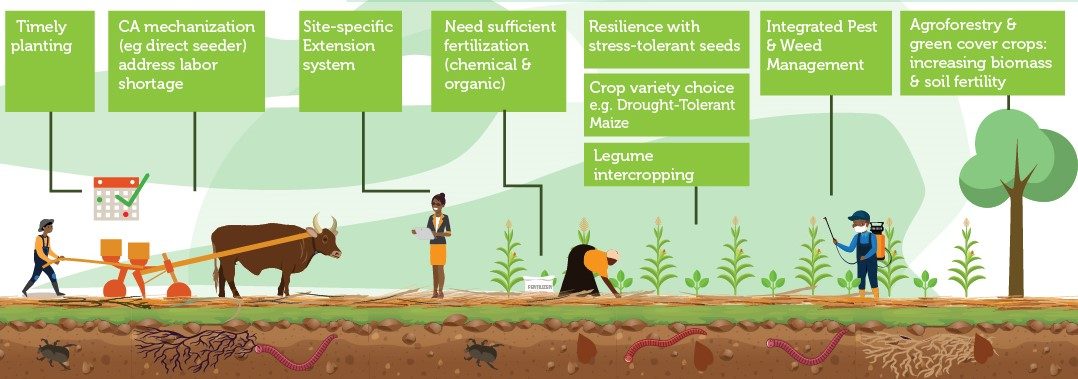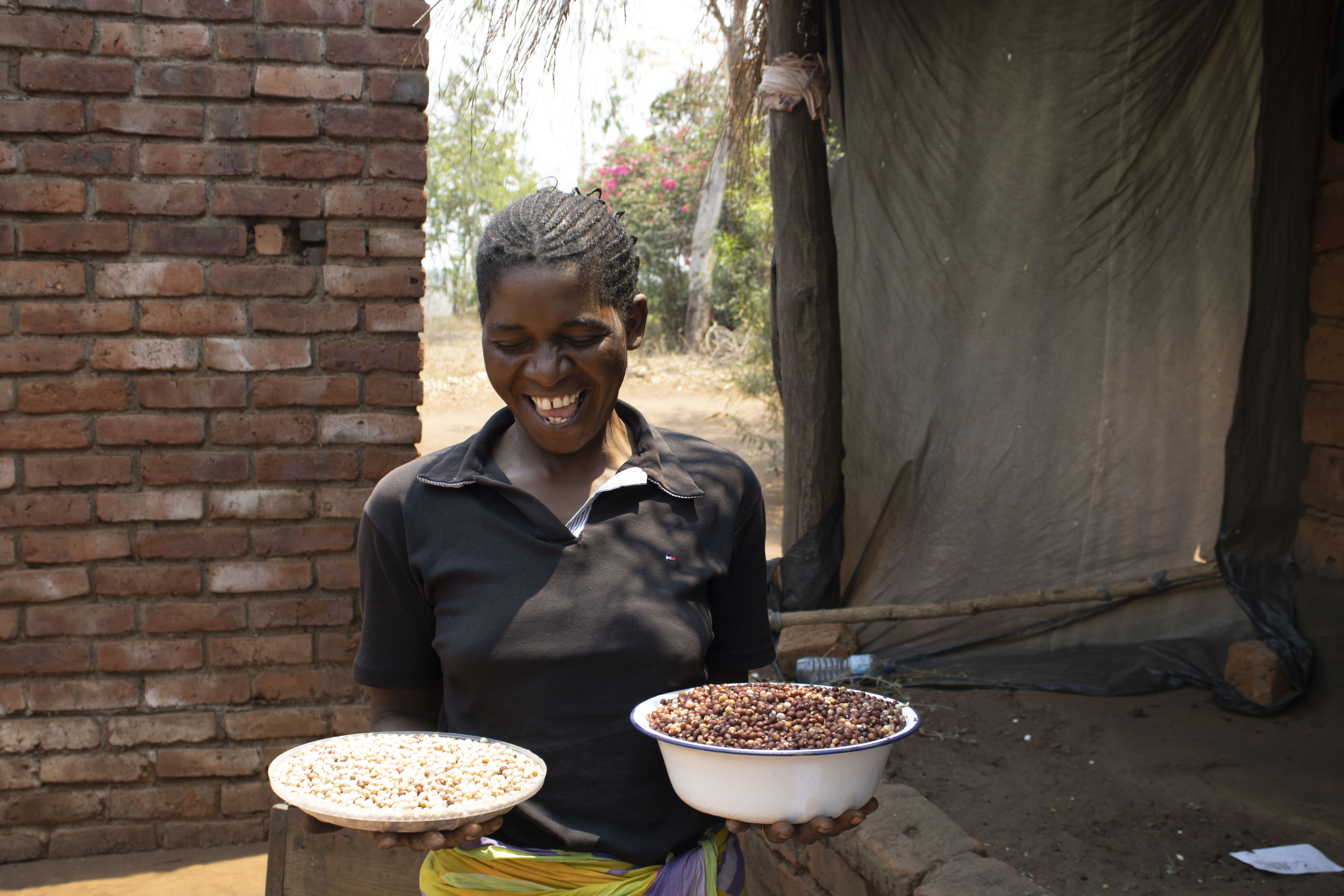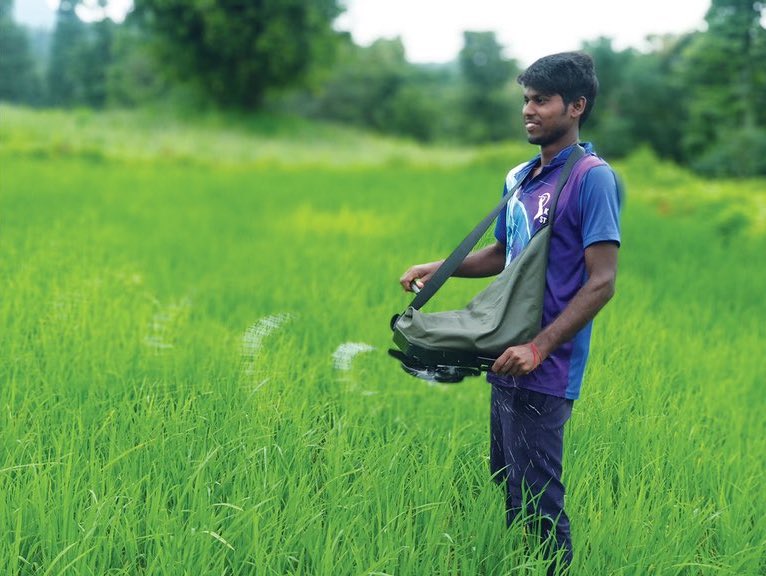climate-smart agriculture
Saving water and time
 Climate adaptation and mitigation
Climate adaptation and mitigation
Drip irrigation technologies are conserving resources and improving farmer resilience in eastern Zimbabwe.
Reflections on resilience
 Climate adaptation and mitigation
Climate adaptation and mitigation
Mother-trial farmers in Zimbabwe’s Mwenezi district share their experiences, lessons and successes in adopting climate-resilient practices.
Building a better future
 Climate adaptation and mitigation
Climate adaptation and mitigation
How gender research supports rural women during times of crisis.
Out of the classroom and into the field
 Capacity development
Capacity development
Malawian smallholders tackle challenges together using the farmer field school approach.
A less risky business
 Climate adaptation and mitigation
Climate adaptation and mitigation
Through new project, tools and insurance services will help small farmers in eastern Africa reduce investment risks and losses related to climate.
Equal and climate-smart
 Climate adaptation and mitigation
Climate adaptation and mitigation
Women in Malawi are inspiring the next generation of smallholder farmers to adopt climate-smart technologies.
Nurture soil as our food and climate insurance
 Climate adaptation and mitigation
Climate adaptation and mitigation
Soil conservation means food security for farmers in Malawi.
Agricultural solutions to tackle humanity’s climate crisis
 Climate adaptation and mitigation
Climate adaptation and mitigation
Science offers opportunity to curb greenhouse gas emissions related to agriculture and meet climate goals.
Scaling out climate-smart agriculture in southern Africa
 Climate adaptation and mitigation
Climate adaptation and mitigation
A new series of infographics outlines the challenges that must be addressed in order to scale adoption of climate-smart agriculture practices in southern Africa.
Pulses, cobs and a healthy soil prove the success of a rural innovator
 Climate adaptation and mitigation
Climate adaptation and mitigation
Long-term research on climate-smart agriculture in Malawi has improved the productivity, resilience and prospects of Mary Twaya, a single mother of three.
Microsatellite data can help double impact of agricultural interventions
 Climate adaptation and mitigation
Climate adaptation and mitigation
Researchers argue data from small satellites can help target agricultural interventions to locations where impact will be greatest.
